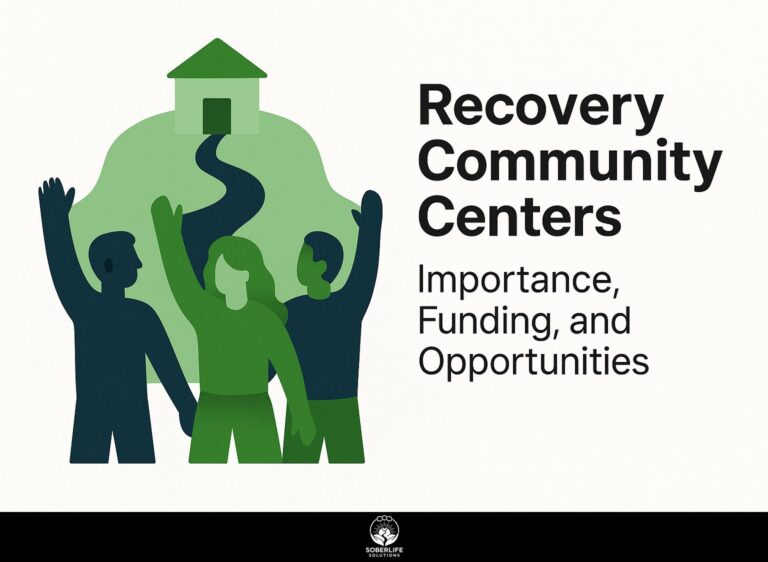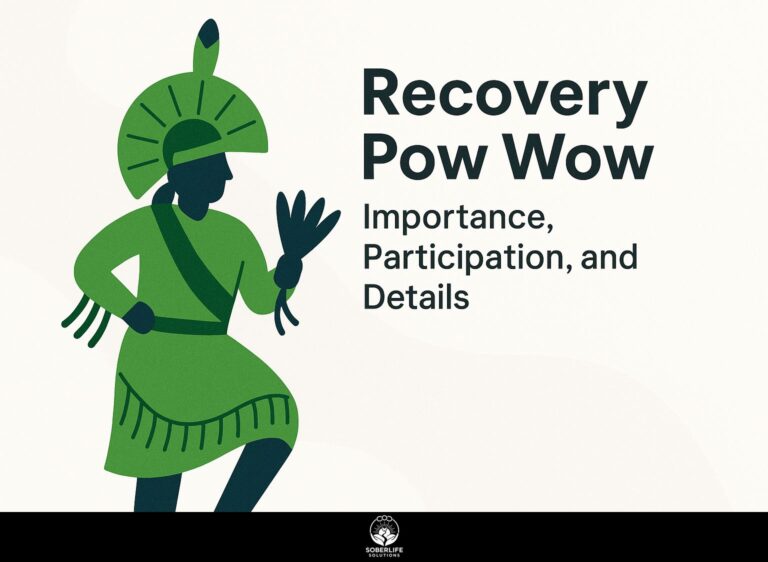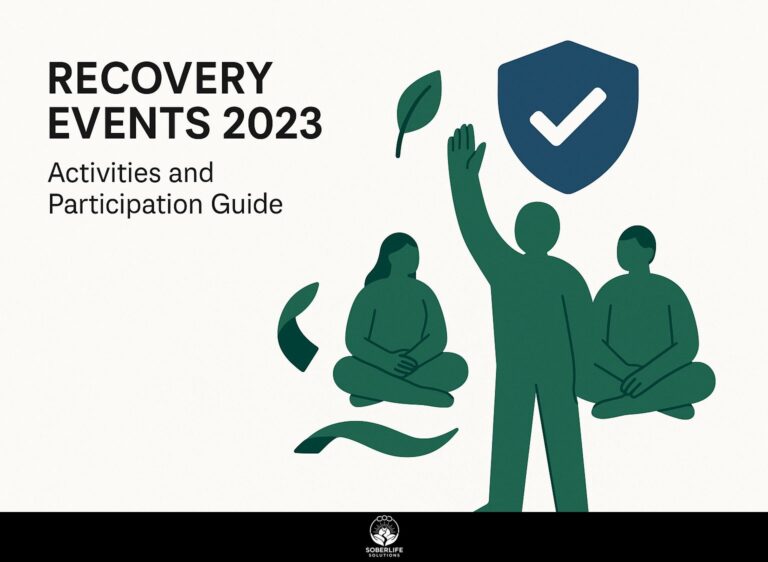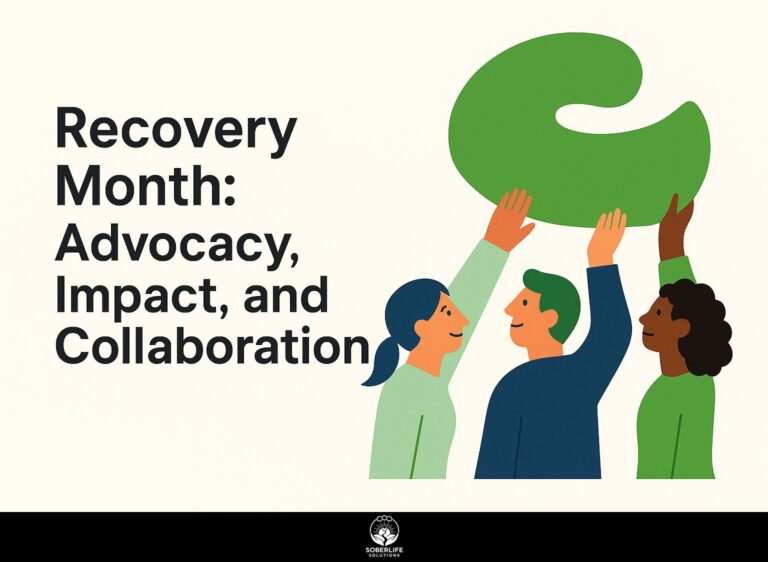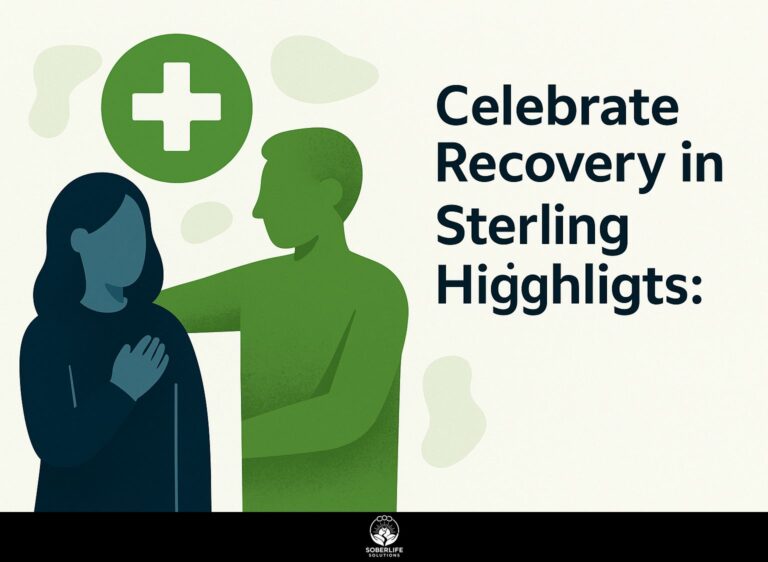Recovery Fundraising Events: Types and Organization
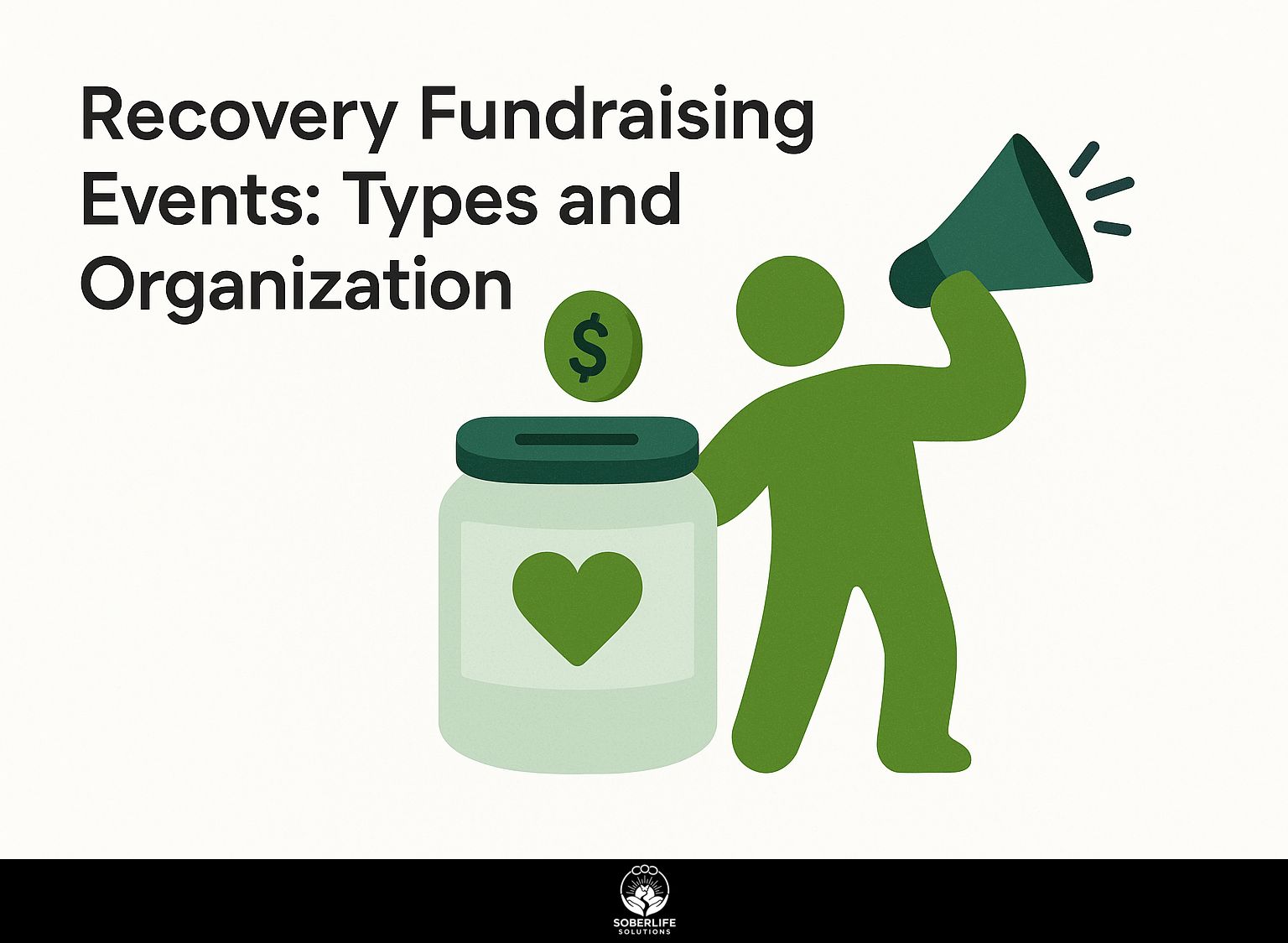
Introduction to Recovery Fundraising Events Imagine turning community spirit into life-changing donations for recovery causes-recovery fundraising events make it possible. Nonprofits like the Multiple Myeloma Research Foundation have raised millions through innovative events, powered by tools from Zeffy and Classy. This guide shows event types, new ideas, and planning steps to increase your fundraising results and help important causes.
Key Takeaways:
Types of Recovery Fundraising Events
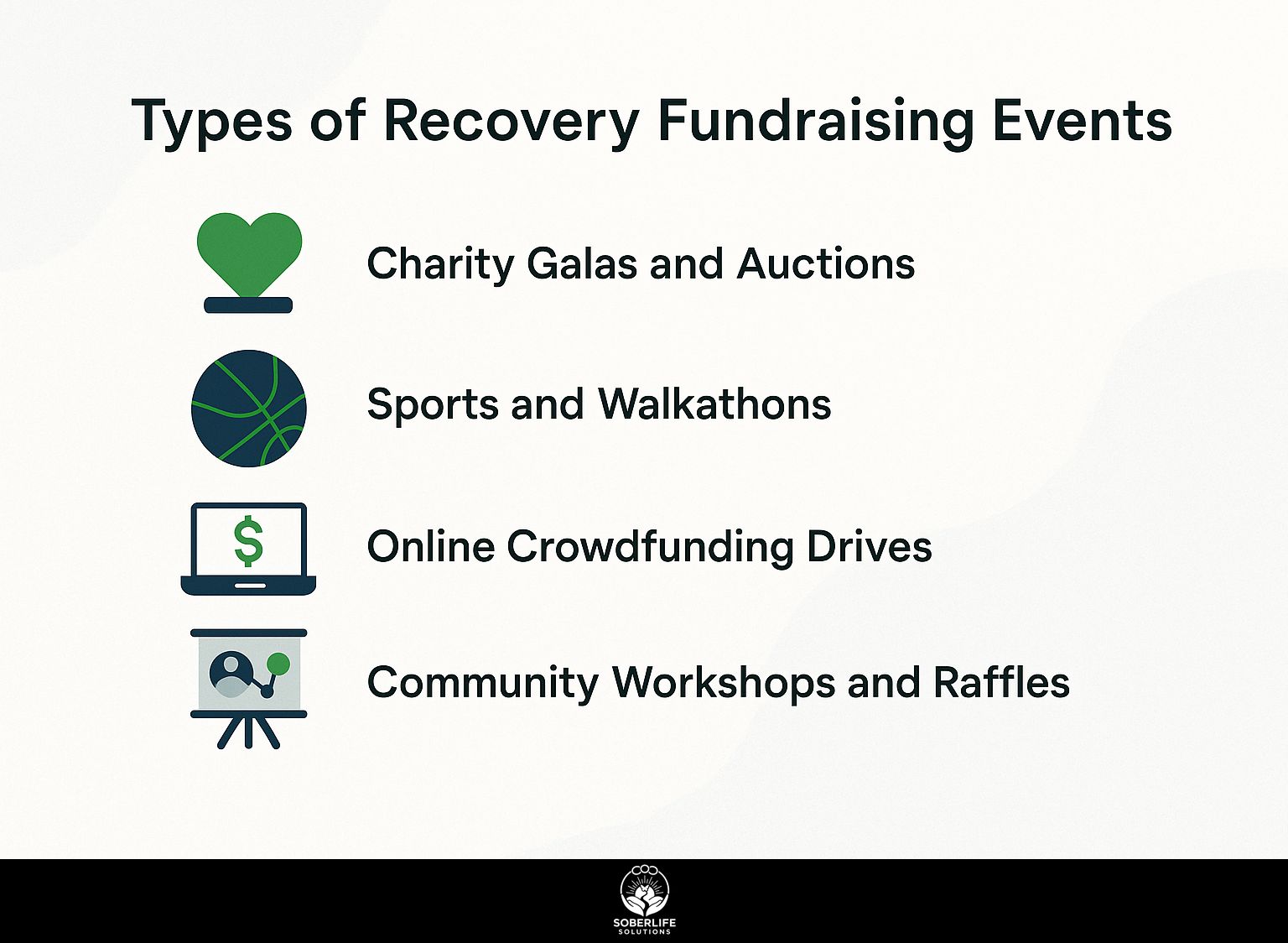
Fundraising events for recovery include galas, sports challenges, online drives, and community gatherings.
These events raise awareness and money for addiction recovery programs.
Charity Galas and Auctions
Charity galas and auctions for recovery causes, like God’s Love We Deliver’s annual event featuring Scarlett Johansson, generated $500,000 in one night through silent bids on donated luxury items.
Copy this setup for 200 guests at a place like The Plaza Hotel. Include comfortable seating and live entertainment to encourage bidding.
Key auction items, such as signed memorabilia from celebrities, raised 60% of funds-focus on 25 lots valued at $5,000-$50,000 each, sourced via corporate sponsors.
Post-event, donor retention hit 75% through personalized thank-you campaigns, per a 2022 Nonprofit Quarterly study.
Actionable tips: Secure endorsements by pitching via agents with impact data from God’s Love We Deliver’s reports, highlighting meal delivery stats (over 2 million annually). For hybrid bidding, use Classy’s platform to stream live auctions virtually, increasing reach by 35% as seen in similar events.
Sports and Walkathons
Sports events like the Peloton4Parkinson’s ride partnered with the Michael J. Fox Foundation raised $250,000 by engaging 1,000 virtual participants in fitness challenges for recovery awareness.
A comparable case study is the Parkinson’s Unity Walk, a 5K event that raised $1.5 million in 2022, per MJFF reports.
Event flow began with route planning: organizers mapped a 3.1-mile loop through Central Park using Google Earth, ensuring accessibility with wide paths and rest stops. Participants set $100 fundraising goals via peer-to-peer platforms like GoFundMe, contributing 30% of total revenue.
Logistics relied on Eventbrite for registrations, handling 10,000 sign-ups seamlessly. To mitigate weather risks, volunteers coordinated via Slack for real-time updates, preparing rain ponchos and indoor alternatives, boosting attendance by 15% over prior years.
Online Crowdfunding Drives
Online drives using Zeffy and Classy platforms helped Stand Up to Cancer’s Runway for Recovery campaign collect $150,000 through peer-to-peer pages shared on Twitch livestreams.
| Platform | Price | Key Features | Best For | Pros/Cons |
|---|---|---|---|---|
| Zeffy | Free | Unlimited campaigns | Small nonprofits | Pros: No fees; Cons: Basic analytics |
| Classy | $0-$10k/mo | CRM integration | Large events | Pros: Matching gifts tracking; Cons: Setup time |
For recovery drives like Runway for Recovery, Zeffy suits quick, low-cost setups for peer-to-peer fundraising, allowing seamless Twitch integrations without fees. Classy excels in scaling with CRM tools for donor tracking but requires more initial configuration.
Campaigns using video storytelling on Zeffy saw 20% higher completion rates, per a 2023 Nonprofit Tech for Good study, making it ideal for engaging livestream audiences.
Community Workshops and Raffles
Community workshops and raffles, such as Helen Woodward Animal Center’s trivia night in San Diego, drew 150 locals and netted $10,000 via $20 ticket sales and basket auctions.
To replicate such success, consider these four actionable fundraising ideas:
- Bake sale: Partner with 20 volunteers to sell items at $5 each, targeting $2,000 by setting up at local markets.
- Car wash: Host a 4-hour event with $15 suggested donations, aiming for 50% profit after soap and site costs.
- Trivia night: Use Kahoot to run team quizzes. Include a prize raffle to raise participation by 25%. Charge $10 for entry.
- Equine therapy workshop: Charge $50 per head for 30 attendees, partnering with certified trainers for hands-on sessions.
Feasibility checklist:
- Secure venue,
- recruit volunteers,
- promote via social media.
Mitigate risks by obtaining permits for public events and liability insurance to cover accidents.
Planning and Goal Setting
To plan recovery events well, begin with clear goals that include targets and deadlines. For example, the Northwestern University Dance Marathon set a goal of raising $1 million for mental health awareness in 24 hours.
Next, assess feasibility with a Google Forms survey targeting 100 supporters to gauge interest, taking about 1 week.
Follow by outlining steps:
- Form a team via Slack for coordination;
- Map logistics using Eventbrite for ticketing and venue booking, aiming for 500 attendees;
- Promote through targeted social media campaigns on Instagram, focusing on recovery stories to build empathy.
Total setup: 2-4 weeks.
Don’t overlook the stigma of addiction in your messages, a common mistake. A Philanthropy News Digest study shows that matching goals raises success by 35%.
Track progress with Asana for milestones.
Budgeting and Resource Management
Budgeting for recovery fundraisers allocates 40% to promotion and 20% to logistics, as seen in Sanford Health Foundation’s $50,000 event that offset costs via product donations worth $15,000.
Nonprofit events average $10,000-$100,000 budgets, per Association of Fundraising Professionals data. To address common challenges, implement these strategies:
- **Cost overruns**: Track expenses in QuickBooks and cap at 10% contingency; this prevented a 15% hike in a recent Midwest fundraiser.
- **Resource gaps**: Secure grant stipends from foundations- a $5,000 grant can yield $20,000 ROI through matched funding.
- **Volunteer burnout**: Use SignUpGenius for shift scheduling, reducing fatigue by 30% in similar events.
The Dollars for Doers program, via HandsOn Network, cut expenses 25% by engaging corporate volunteers, boosting efficiency without added payroll.
Team Building and Role Assignment
Form a team of 15 people for recovery events, such as the Turtle Creek Chorale’s concert with Cyndi Lauper. Assign roles through shared documents.
This raises volunteer retention by 50%.
- Start by recruiting through LinkedIn groups, targeting 20 applicants in 2 days to fill roles like event coordinators and ushers.
- Next, assess skills using a skills matrix in Google Sheets over 1 week, rating candidates on experience and availability.
- Then, assign roles collaboratively via shared Google Docs, such as appointing a logistics lead who uses Doodle for scheduling while capping commitments at 10 hours/week to prevent burnout.
- Avoid common pitfalls like unclear responsibilities, which cause 30% dropout rates according to a VolunteerMatch study.
- For training, use free resources from Idealist.org. These include webinars on volunteer management.
Promotion and Marketing Strategies
Promotion via social media and influencers drove 5,000 attendees to the Travelers Championship charity run, generating $300,000 in donations through targeted Instagram ads.
To repeat this success, put these best practices into action using specific tools and timing.
- Create a social media calendar in Buffer, posting 3x/week starting 8 weeks out, using hashtags like #RecoveryAwareness for visibility.
- Partner with micro-influencers at $500/post; track ROI with Bitly links to measure clicks and conversions.
- Launch email campaigns via Mailchimp, segmenting lists to achieve 25% open rates by tailoring messages to donor interests.
Concentrate on a 60-day promotion before the event. HubSpot data shows that using multiple channels increases engagement by 40%, leading to more attendees and donations. Related event: Rare Of Breed Recovery Concert Tour: Event Overview.
Event Execution and Logistics
Executing recovery events involves detailed logistics, such as coordinating a fashion show with 100 models and livestreaming on YouTube to capture matching gifts totaling $20,000.
To succeed, follow these numbered steps:
- Venue Setup: Design floor plans using Lucidchart software, allocating space for runway, seating, and backstage areas; prepare 2 days in advance to accommodate 100 models.
- Tech Integration: Integrate YouTube Live for streaming, testing equipment 48 hours prior with backup cameras; use tools like OBS Studio for high-quality feeds.
- On-Site Management: Implement risk protocols, including COVID-19 checks and 15-minute buffers between segments to avoid delays.
Common pitfalls like tech failures can be mitigated with backup generators. For example, a mental health recovery concert reduced no-shows by 20% with automatic SMS messages sent through Twilio, which raised attendance and donations (from a 2022 NAMI study).
Evaluation and Follow-Up
Post-event evaluation for recovery fundraisers, like those for cancer research, measures success through metrics such as 15% donor increase and $50,000 in new pledges.
To get a better analysis, use Google Analytics to check engagement metrics with a goal of 10,000 impressions, and Donorbox to track donations, which provides a $4 return for every $1 spent based on nonprofit data.
Follow these steps to get useful information:
- Survey 200 attendees via SurveyMonkey within one week to gauge satisfaction;
- Analyze responses in Excel, computing net revenue minus 10% risk factors;
- Dispatch personalized thank-you emails, achieving 30% higher repeat donations.
A Susan G. The Komen case study showed a 25% increase in engagement from custom post-event reports, which improved long-term funding.
Frequently Asked Questions
What are Recovery Fundraising Events: Types and Organization?
Recovery Fundraising Events: Types and Organization refer to structured gatherings aimed at raising funds for recovery efforts, such as post-disaster rebuilding or community rehabilitation. These events come in various types, including charity galas, auctions, and walkathons, and their organization involves planning logistics, securing sponsors, and ensuring compliance with fundraising regulations to maximize impact.
What are the main types of Recovery Fundraising Events?
The main types of Recovery Fundraising Events: Types and Organization include online crowdfunding campaigns for broad reach, in-person bake sales or car washes for local engagement, and large-scale concerts or sports tournaments that attract crowds. Each type is organized differently, with online events focusing on digital promotion and physical ones emphasizing venue setup and volunteer coordination.
How do you start organizing Recovery Fundraising Events: Types and Organization?
To start organizing Recovery Fundraising Events: Types and Organization, first define your goals, such as raising a specific amount for recovery aid. Next, pick a type such as a silent auction or online webinar. Form a planning team, decide on a budget, and make a schedule that includes advertising, running the event, and following up afterward so the money goes straight to recovery programs.
What are key tips for successful Recovery Fundraising Events: Types and Organization?
Key tips for successful Recovery Fundraising Events: Types and Organization include building a strong team of volunteers, leveraging social media for promotion, partnering with local businesses for sponsorships, and incorporating storytelling about recovery needs to emotionally engage participants. Proper organization also involves tracking expenses and donations to maintain transparency and build trust with donors.
What legal considerations apply to Recovery Fundraising Events: Types and Organization?
Legal considerations for Recovery Fundraising Events: Types and Organization encompass registering as a nonprofit if required, obtaining necessary permits for events, adhering to tax laws for donations, and ensuring data privacy for participant information. Organization best practices include consulting legal experts early to avoid issues like unlicensed raffles, particularly when dealing with recovery funds that may have specific grant stipulations.
How can you measure the success of Recovery Fundraising Events: Types and Organization?
To measure the success of Recovery Fundraising Events: Types and Organization, track metrics like total funds raised, number of attendees or donors, cost per dollar raised, and the direct impact on recovery projects funded. Surveys and reports on fund spending after events show the organization’s performance and help plan future events better.

